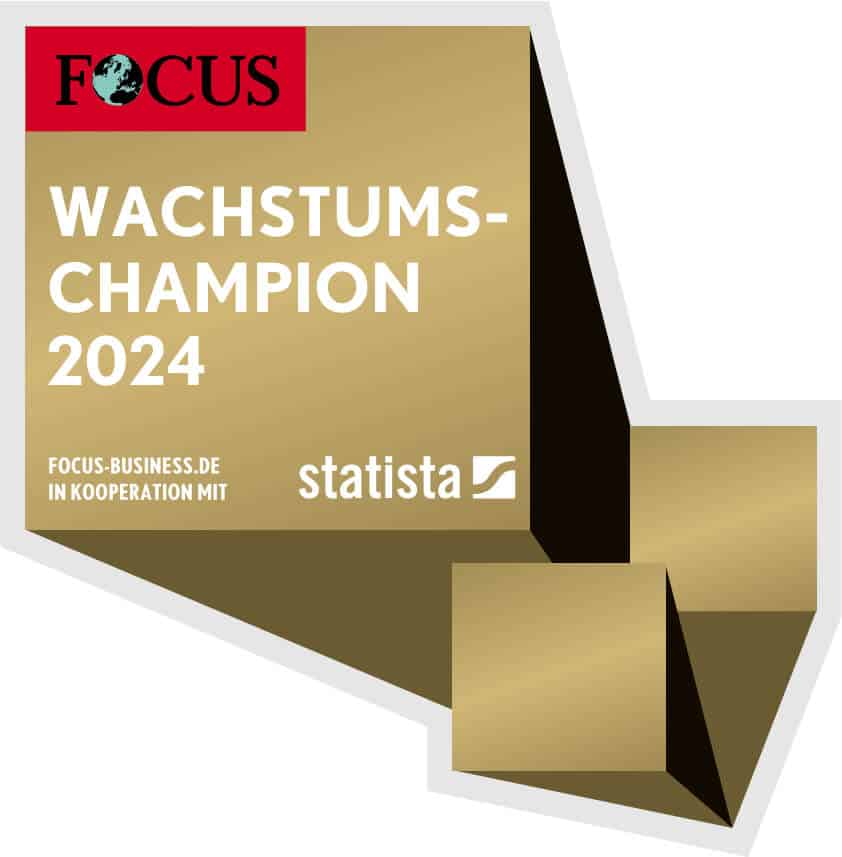The founder of the "New Work" concept is furious. Just recently, Frithjof Bergmann, the legendary philosopher in the New Work scene and founder of the term "New Work", expressed his criticism of the excesses associated with the term in the current debate. He sees that the original idea has not been completely distorted. However, what it was actually trying to achieve has long since become too blurred. This first article on the subject of New Work offers a brief introduction to the concept and uses tangible examples to explain what it is actually about.
The damned fear of digitalization
The term actually originally comes from the topic that the Fears surrounding digitalization The loss of jobs, which will then be replaced by computers and technology in general. This was already an issue at General Motors in the 1970s. At the time, Bergmann, as chief negotiator with management, tried to prevent the threat of mass redundancies. He suggested supporting employees in finding their true vocation alongside their actual work (which was greatly reduced by digitalization). This support was what Bergmann considered to be New Work in the true sense of the word: a social component, a "holding" of the company that leads to an "attitude" towards the employees. Which in turn leads to an attitude of the employees towards the company.
"New Work" is geographically located in VUCA country
Recently, the term has been increasingly mixed with other hip ideas from the business world such as "Lean XY", "Agility", Holocracy®, "Work 4.0" and start-up culture. My colleagues from Pattern breaker like to use the term "plastic words", which are understood to mean everything or nothing. Ultimately, New Work is merely a catch-all term, a container word, a label, a linguistic construct that society uses to label the changes in the world of work.
What is usually meant here, however, is a kind of counter-movement to the servitude of wage labor, to cold capitalist Taylorism, in which a company had to be a well-functioning machine - with people as interchangeable cogwheels. At the time, Taylor criticized the fact that workers were equipped with a brain at all; all he needed were extra hands. Today, we experience anew every day how our world through digitalization is becoming more volatile, less predictable, more complex and more ambiguous; in short VUCA (volatile, uncertain, complex, ambiguous). And problems in such a VUCA environment require solution architectures that are able to deal with them.
An example of New Work outside of work
Lars Vollmer, who also wrote the title of this blog post, describes the following example of a VUCA problem in his book "How people organize themselves when no one tells them what to do":
It's April 11, 2017, the Champions League quarter-finals in Dortmund. BVB are hosting AS Monaco and the stadium is sold out. At 19:15, there is a sudden bang: three explosive devices filled with metal pins explode right next to the BVB team bus and fly through the air as projectiles. Fortunately for everyone, the explosive devices were placed in such a way that most of the metal pins shot over the police escort and the bus; only one pierced the side window and hit defender Marc Bartra in the forearm.
News of the attack immediately spread online, the entire city was shut down and traffic was suspended. Many people kept up to date in this uncertain situation via Facebook and Twitter. At some point, it became clear that not only would the match be canceled, but the Monaco fans would not be able to leave Dortmund that evening. The fans were stranded.
On Facebook and Twitter, many short messages are provided with so-called "hashtags", i.e. short codes preceded by the # character. The respective network can be searched for these hashtags, creating a kind of dynamic index.
When the first Dortmunders came up with the idea, to help the stranded Monaco fans and offer them a place to stay privately, posts were sent out on Facebook and Twitter, initially using a number of different hashtags. But the idea found enthusiastic imitators. More and more photos of Monaco fans staying in BVB apartments at home with pizza and beer did the rounds. Gradually, a consensus emerged on the hashtag to be used: #bedforawayfans. And slowly the momentum started to build: Fans helping fans and no one being left alone on the night. This kind of communication was connectable; something that people wanted to share. Joining in offered a highly emotional opportunity for identification:
- Want to belong!
- Live fan culture!
- Help!
- Together against terror!
A real contact exchange developed: who still needs a bed, who still has one?
This example shows how a VUCA problem requires a VUCA solution architecture. And it shows the enormous potential when the circumstances are right. In our example, there was a clearly defined group, a clearly defined problem and access to an information and communication medium in real time. What we didn't have was a central authority to direct, control and monitor everything. The solution arose from an unforeseeable logic of its own. Imagine if a central unit had had to manage all the accommodation for the Monaco fans centrally, for example with the classic tools of project management... . It would have taken days just to collect all the information centrally.
What is astonishing here is how well informed the individual players were. And they had to be, because they had to make decisions on an ongoing basis. All in all, the complex problem was solved precisely! And the system that emerged spontaneously was on a par with the problem: highly complex, darn fast, dynamic and incredibly efficient. There was no central transparency as to who organized what and where, but there was perfect local transparency. All information was available everywhereAnyone who wanted to had access. There was no censorship, just openness.
The transfer to your own company
Let's make (just a brief) transfer to our daily working lives: There, too, we are increasingly dealing with VUCA problems. However, we are still mostly trying to solve these problems with conventional methods from a centralized basis:
We have information silos, which are usually also strongly linked to the management structure (knowledge is an instrument of power; a manager knows more than his team so that he can make better decisions). We often work hard to satisfy the bureaucracy and maintain the theater game in the company (weekly reports, strict rules) instead of daring to experiment (perhaps in a protected space, without rules) to solve complex problems precisely.
We try to predict the future and then plan budgets based on this; only to have to squander these budgets immediately afterwards because otherwise I have planned badly and could get less next year. Budgets are business theater and a self-fulfilling prophecy due to the rules of the system.
But what is New Work now?
In the future, New Work will be the answer to the question of how complex problems can be solved precisely, what happens to non-complex (i.e. complicated) problems, and the distinction between the two. We must also differentiate between the type of value creation: If it is "standard work" (that is, "value creation of the norm" and therefore complicated), New Work approaches may not always be beneficial. If, on the other hand, the problems are contingent and complex ("value creation of the exception", e.g. projects), then New Work can be a solution. Some companies from a wide range of industries have at least already demonstrated this.
You can find out more about this in my next blog post.
(Cover image: © IM Grafik | fotolia.com)


